What is Chai?
Chai simply means "tea" in Hindi. Masala chai, or "spice tea," is the familiar aromatic brew popularized by India. For thousands of years, this ancient elixir has been used for mind activating, mood enhancing, immunity boosting, and disease-fighting effects.
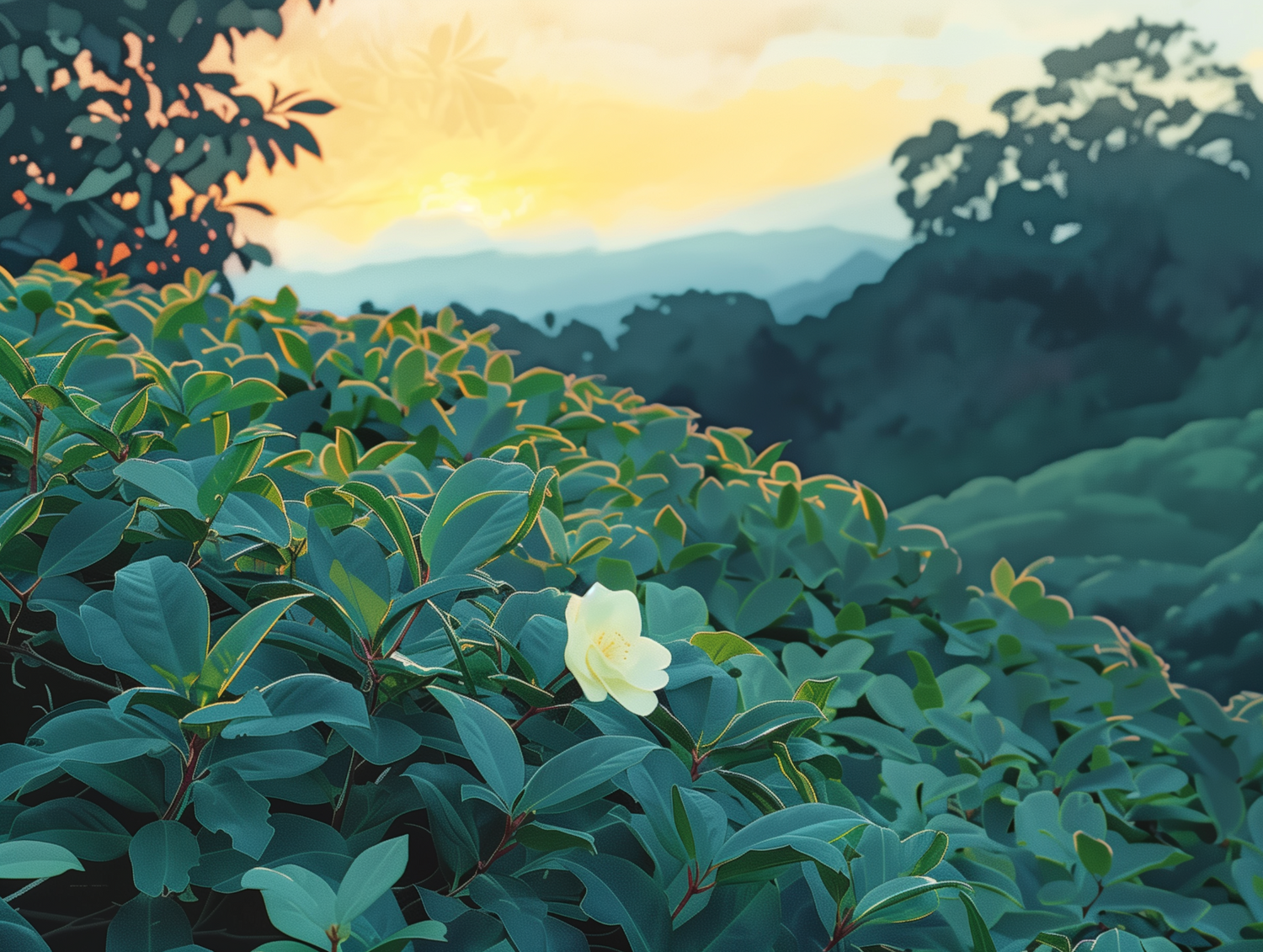
The Tea Plant
All traditional types of tea (green, black, oolong, pu-erh, & white) are produced from the leaves of the slow-growing tea tree, Camellia sinensis. Two varieties of the plant exist: the sinensis variety from China and the Assam variety from the subtropics of India.
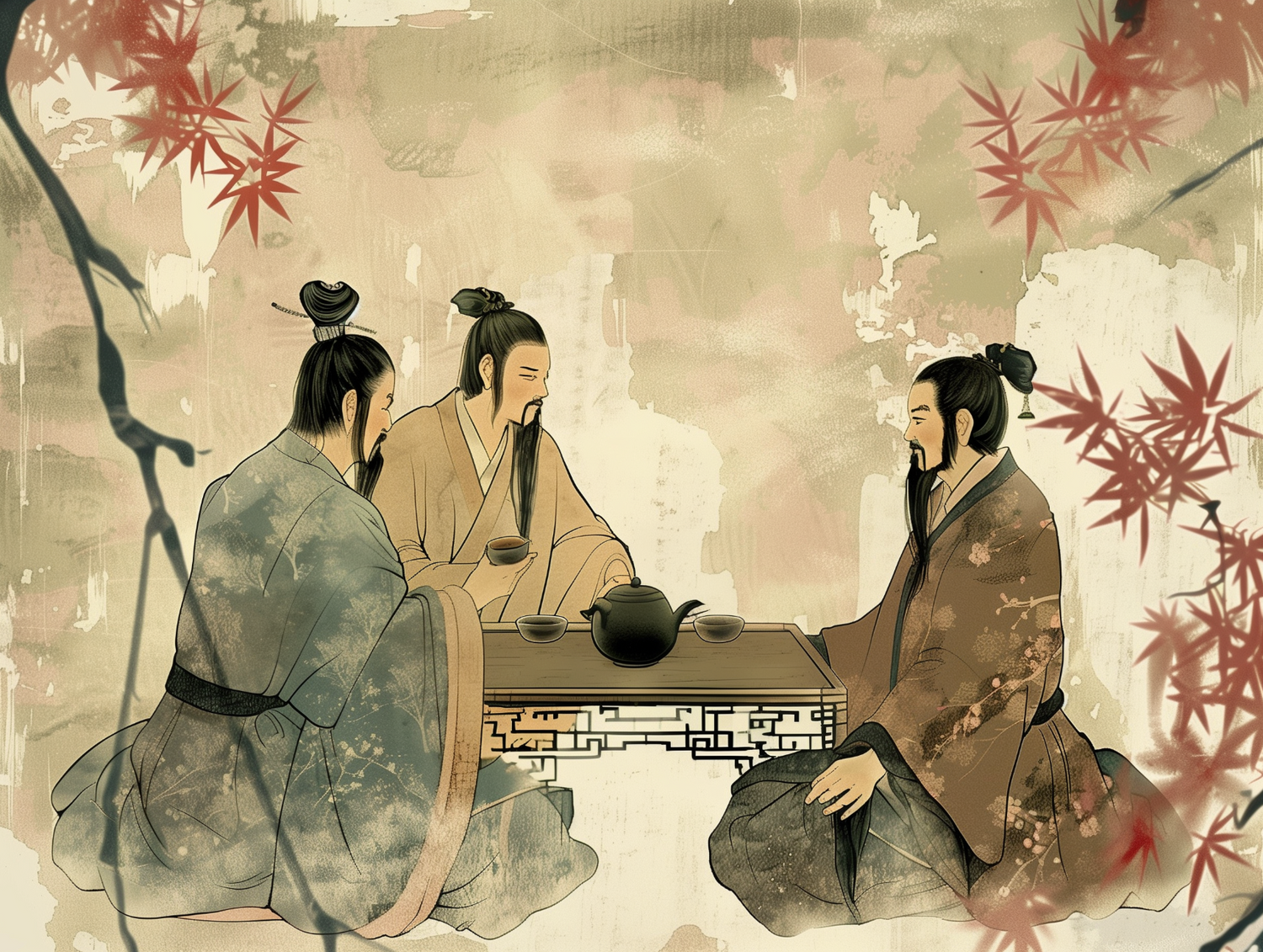
Early Use
Tea's rich history stretches back millennia, its roots deeply entwined with human civilization. While archaeological evidence confirms tea cultivation as early as the first century BCE, traces of preserved leaves hint at its use as a medicinal elixir centuries before.
Initially revered for its healing properties, tea swiftly transcended its medicinal origins. It became a social cornerstone, bridging gaps between people and fostering connections. The humble leaf found its way into Buddhist and Taoist practices, enhancing meditation and fueling spiritual quests. The art of brewing tea continued to blossom into a symbol of refinement, weaving itself into the fabric of Asian cultures.
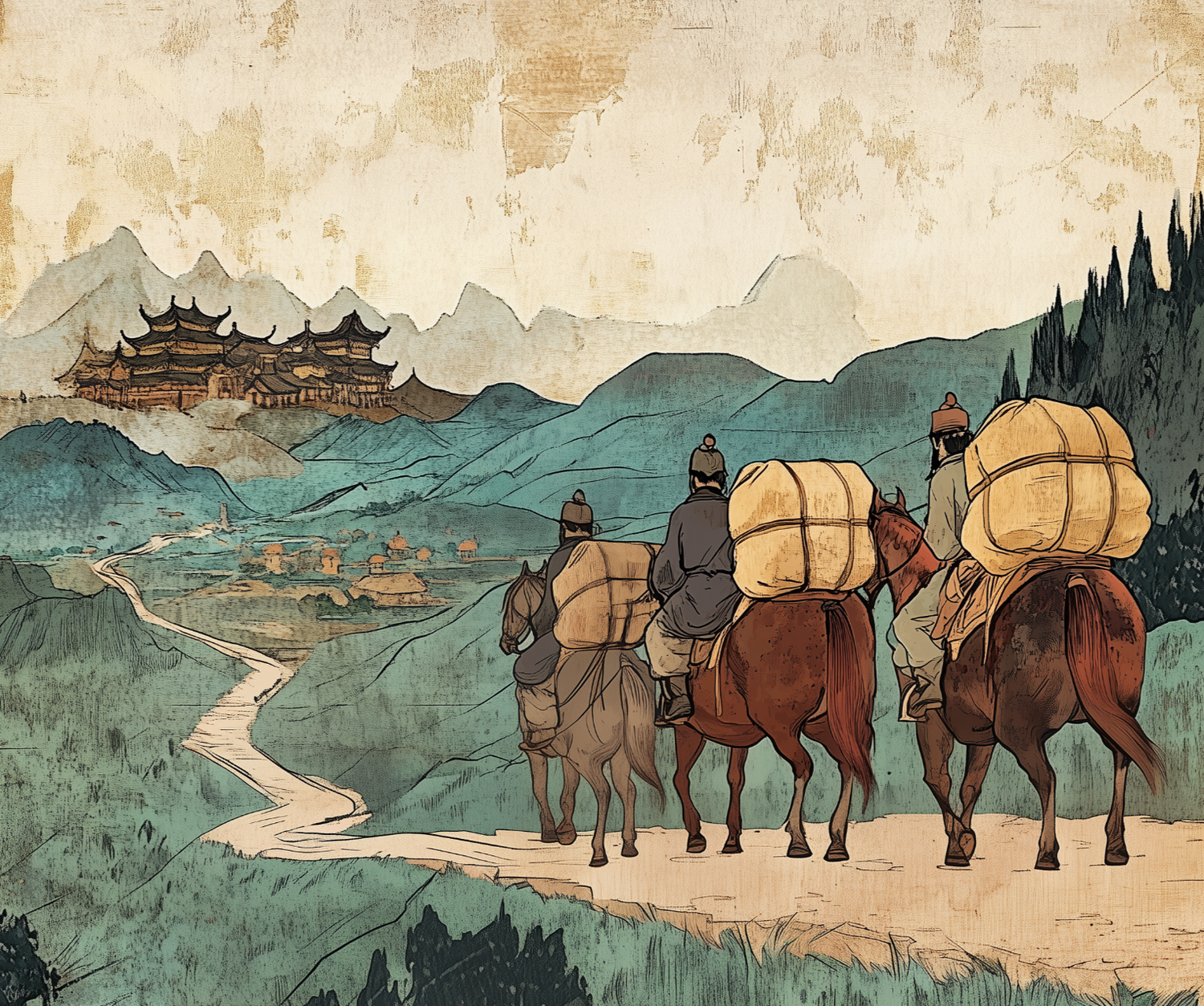
Expansion of Tea Trade
By 8th century CE, tea trade between regions of southern China and Tibet had been established. Tea evolved into a precious trade commodity for merchants and travelers, helping to reenforce trade routes along the Silk Road.
During this era, spice trade routes were becoming well-established between territories surrounding the Indian Ocean, eventually establishing the Maritime Silk Route.
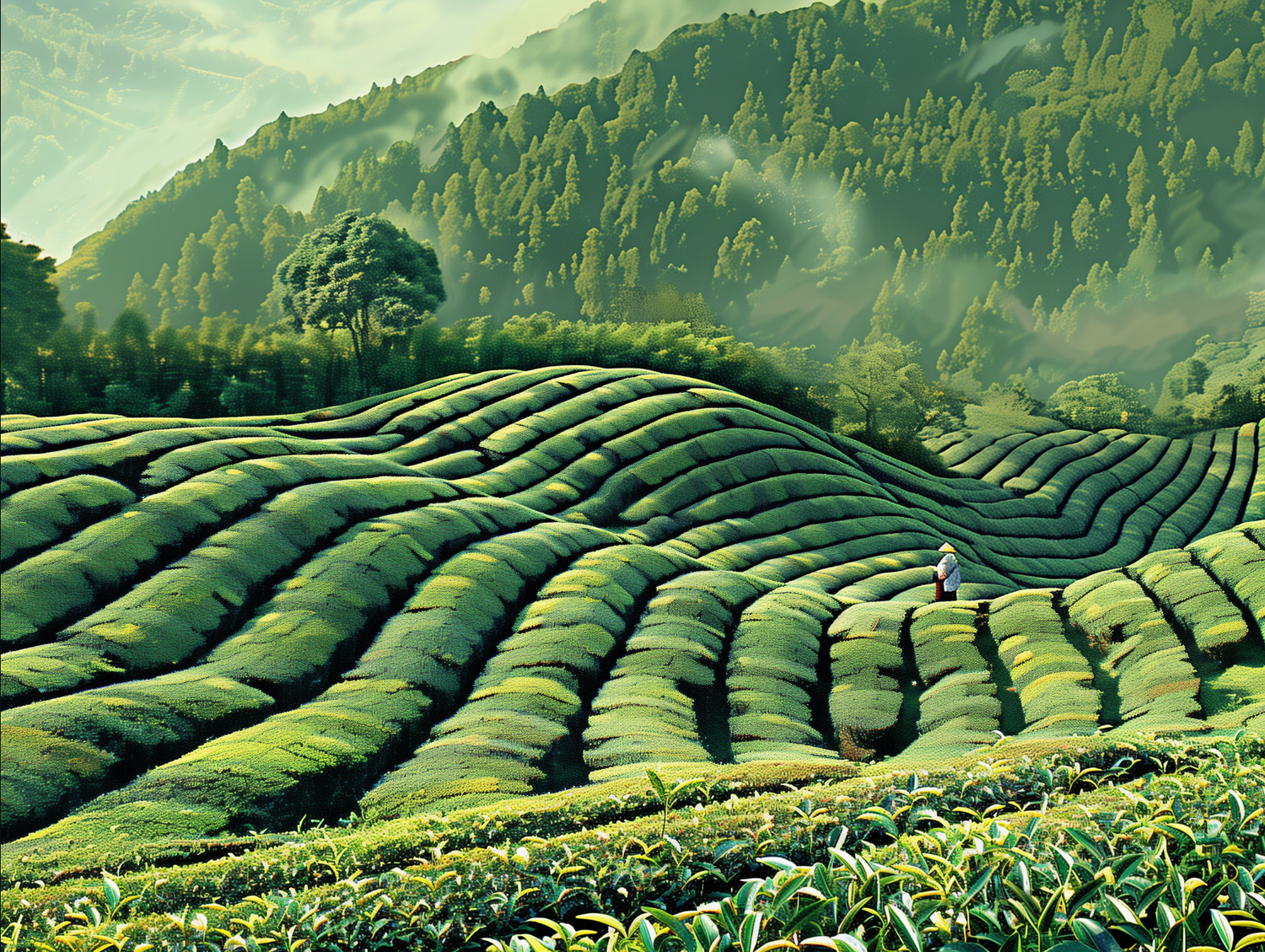
Advancements in Tea Cultivation
For centuries, China closely guarded its tea cultivation secrets. Green tea, the oldest variety, emerged around 300 CE. Over the next 1500 years, diverse farming and harvesting practices birthed unique regional teas, each boasting distinct flavors and market values. White tea blossomed during the Tang Dynasty (618-907 CE), Oolong in the Ming era (1368-1644 CE), and Black tea as the Qing Dynasty dawned (1644-1912 CE).
Tea cultivation arose in Japan during the Kamakura period (1185-1333 CE). This era saw the birth of several iconic tea varieties that would come to define Japanese tea culture. From the delicate sencha to the rich, roasted hojicha, and the vibrant, powdered matcha, each variety emerged as a distinct reflections of Japan's precise craftsmanship dedication to tradition.

Introduction to the West
The first European mention of tea dates back to 1569, when a Portuguese missionary wrote to his king about a red, bitter medicinal drink called "cha." The Dutch, recognizing tea's potential as a commodity, swiftly capitalized on this knowledge. By the early 1600s, permanent Dutch settlements established in Java, Indonesia were importing large volumes of tea.
Tea first reached British shores in 1658 through Dutch imports, but it was the 1662 arrival of Portuguese noblewoman Catherine of Braganza that ignited a true tea revolution in Britain. As the new wife of King Charles II, Catherine popularized social tea drinking, a practice that quickly permeated English culture. This tradition eventually evolved into the refined social custom known as "teatime."
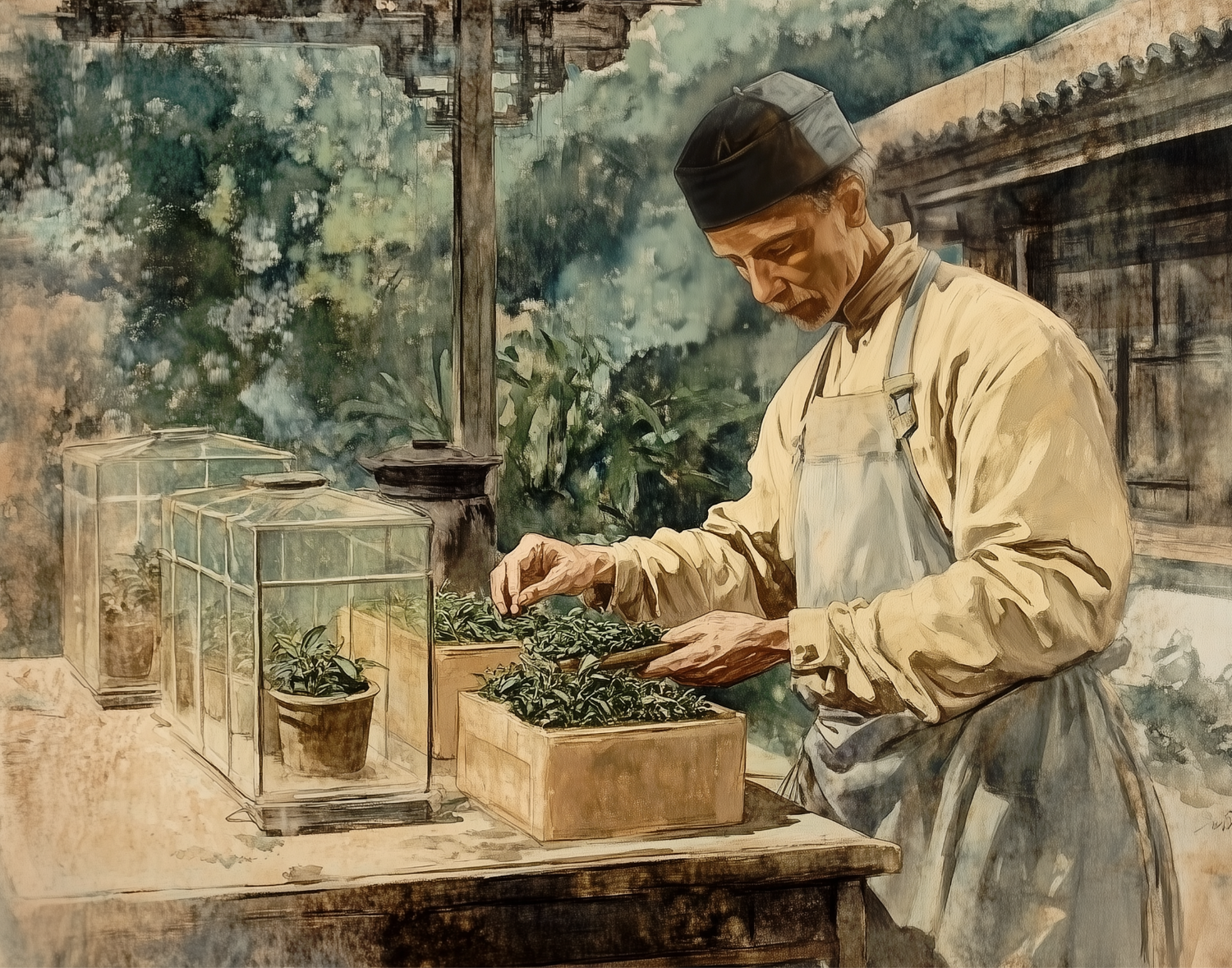
The British Tea Heist
Britain's insatiable thirst for tea sparked a chain of brazen moves that would reshape global trade. As demand soared, the British set up shop in South Asia, determined to dominate the lucrative tea market. British merchants flooded China with opium in exchange for tea leaves, effectively triggering a devastating public health crisis. This ultimately erupted into the Opium Wars of 1839-1842. Victory, however, did not satiate British ambitions.
Determined to shatter China's global tea monopoly, the British East India Company devised a bold plan. They recruited Scottish botanist Robert Fortune for a covert mission: to infiltrate China's tea industry, acquire plants, uncover production secrets, and lure skilled workers. The goal was to transplant tea production to British India. This gambit worked brilliantly. By 1900, India was producing 90 million kilograms of tea annually, mostly for British consumption.
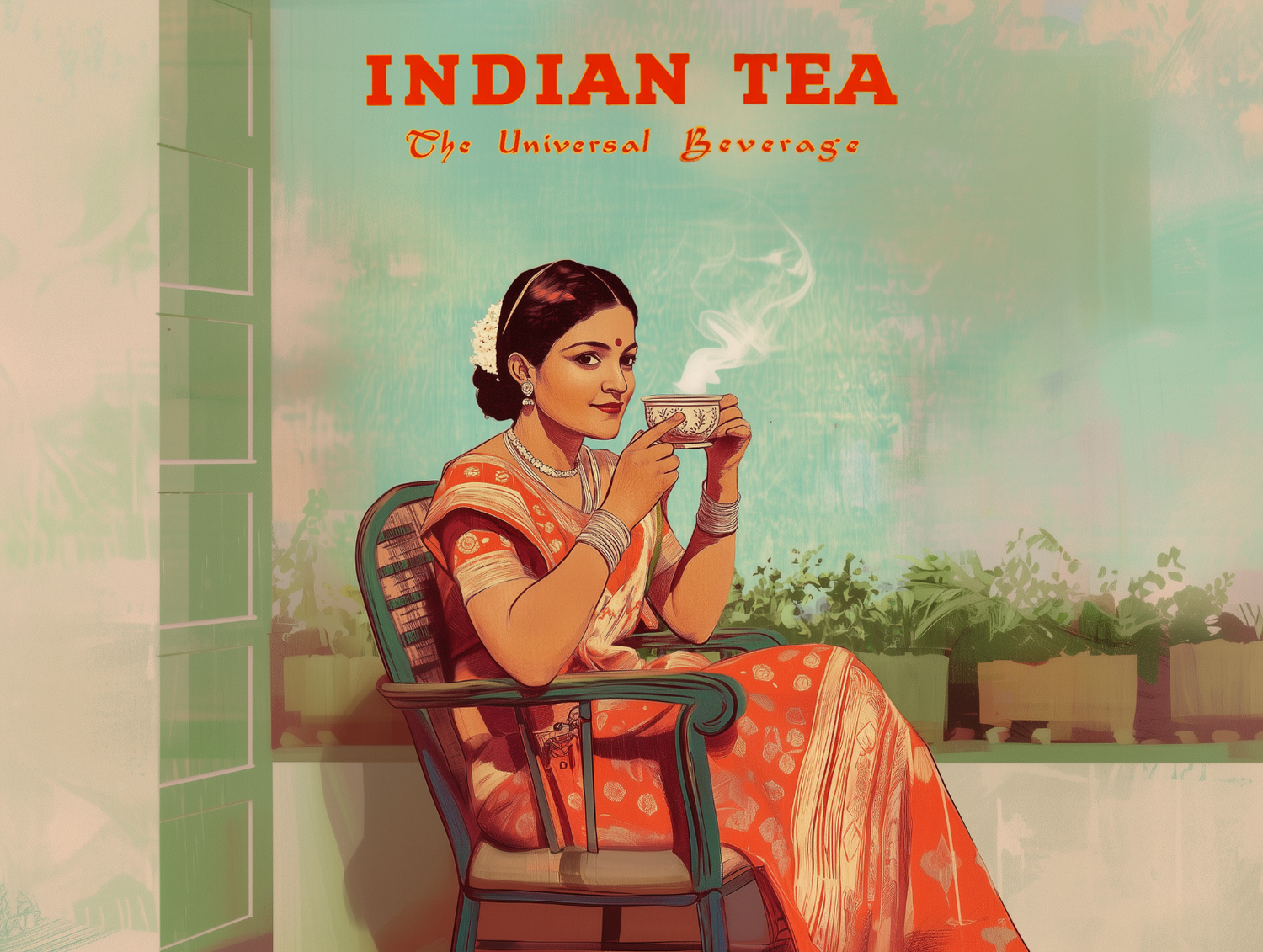
Globalization of Chai
The 1903 Tea Cess Bill in India marked the beginning of a significant shift in tea consumption. By taxing tea exports, the bill funded nationwide campaigns to promote tea drinking among Indians. This initiative introduced tea to the masses through public advertisements and preparation guides. From the 1930s through post-independence, government bodies like the Indian Tea Market Expansion Board and later the Tea Board of India aggressively promoted tea, transforming it into the country's largest industry and a symbol of national unity.
As tea reached ordinary households, Indians began adding local spices like ginger and cardamom, creating what we now know as "masala chai." This adaptation reflected both local tastes and traditional medicinal beliefs.
The unique flavor profile of Indian chai, combined with the global spread of the Indian diaspora, eventually caught international attention. This led to the popularization of "chai tea" in many Western countries, inspiring numerous adaptations in cafes and households worldwide.
